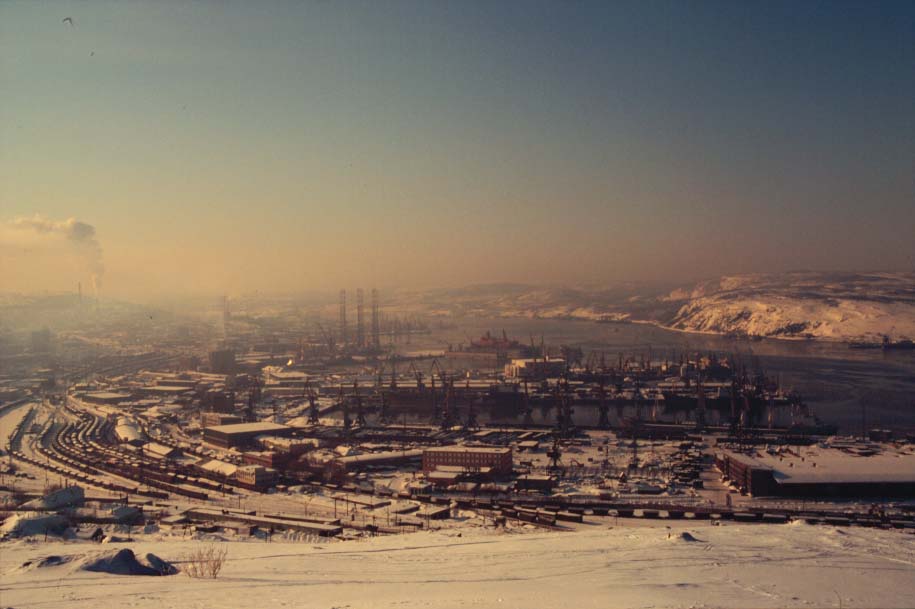Running from women with reindeer and other obsessions.
The U boats lay in wait for us as soon as we rounded North Cape. There was only a narrow passage between the tundra and the ice, and as they closed in on the convoy underwater, Stukas from their Norwegian bases, dive bombed us from above. It was hell! The sea was always rough and water washed over the guns froze immediately. If anybody fell overboard, they didn’t last more than 3 minutes.’
I listened but couldn’t identify with Ron’s experience. It felt disloyal to do so. Hadn’t Dad been sent up to Orkney to risk his life protecting the Arctic convoys? Hadn’t he crashed and nearly died up there? Did he deserve to have his wife stolen, his family disrupted by one of the sailors he protected? So I suppressed my curiosity.
Many years later, I grew to love Northern Finland. So when I spotted ‘Running with Reindeer’, that described an exploration of the Kola Peninsula, the destinations of the Russian convoys, over 10 years in the nineteen nineties, I had to find out more.
But it was the author, Roger Took, who intrigued me. Why on earth would a sensitive, rich middle -aged man, an art historian and museum curator, an establishment figure, want to spend so long in what he described as one of the most unfriendly and inhospitable places on earth?
But Took was a man obsessed. In just one month, he learnt to speak Russian well enough to get by and arrived alone in the derelict port and abandoned goods yards of Murmansk with its grim government buildings and decrepit five story apartment blocks. His stated purpose was to find the remnants of the Saami, the Lappish peoples, still living in the far north of Russia, and to discover how much of their culture still survived.
But there was more to it than that. Took went out of his way to court suspicion, discomfort and danger. There was little that was uplifting in his book. He trudges across the tundra in freezing rain with inadequate shelter and food, he falls up to chest into bogs, he spends a night in a filthy cabin where he witnesses a drunken homosexual gang rape, he visits restricted inlets where decommissioned submarines rot, their reactors disintegrating and turning the sea radioactive, he sees mountains devastated by open cast mines and he records a landscape blasted and polluted by nickel smelting. He does finds isolated pockets of Saami, but realises that their traditional way livelihood of reindeer herding, hunting and salmon fishing was ruined collectivisation, their culture corrupted by alcohol and prostitution.
His is a grim tale with no redemption. So why wasTook so attracted to this, the most devastated and corrupt aspects of civilisation that he returned again and again. That question bothered me increasingly as I persevered with the turgid academic prose of his punishing narrative. What was it about this guy? There was an unrelenting darkness about him. But why? I had to consult Google.
I was shocked to discover that Roger Took is in prison. There is a long article, written for The Spectator in 2008 by Carol Metcalfe. He had bragged in his blog about being part of a group of men, who raped and murdered a 5 year old girl in Cambodia. Although Took dismissed this as fantasy, there were scores of incriminating images on his computer and he had been paying his step grand-daughter to have sex with him. Wikipedia lists difficulties in his marriage, another woman he could not forget, sexual frustration and a fragile, sensitive personality. Any review of his book, which was nominated for an international prize for travel writing, has been removed.
So were Took’s expeditions deliberately punitive or just an escape from the perversity of his privileged lifestyle? Was his book an attempt to purge himself of some dreadful shame?
What made Took a paedophile? Did an unduly close and controlling relationship with his mother make committed mature relationships with women seem too threatening. Did the difficulties he had in his two marriages instigate the need for the kind of controlling sexual relationships, he could procure only with emotionally needy and vulnerable children? Did his celebrity and privilege create a sense of entitlement; the feeling that he could indulge his perversions?
His book fails to provide any answers to these questions, but the final chapter does allude to encounters with teenage prostitutes in Murmansk in 1998. Ron had also mentioned picking up Russian women in Murmansk; the Winston Churchill House of Friendships catered for the needs of foreigners, but few sailors ever realised the terrible price the women would pay for friendship.



